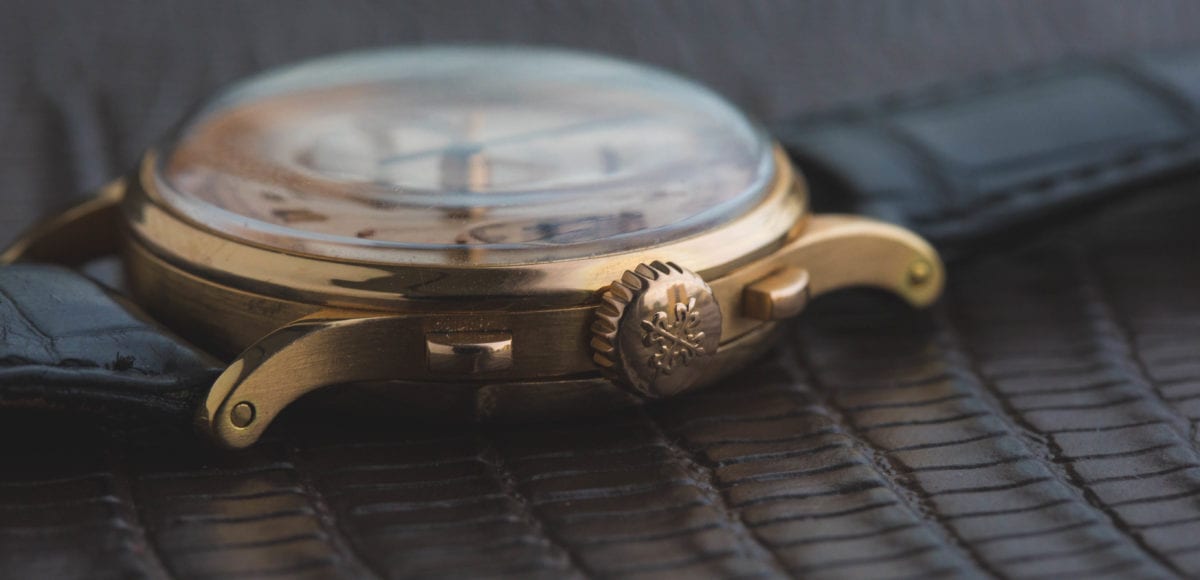What Lugs Can Add to a Timepiece
Watches are incredibly detailed pieces of machinery. This is true not only from a technical perspective but also from an aesthetic one. You may find that you gravitate toward models with a certain case shape or band. But, what about that crucial little element that connects the two? Lugs are both functional and stylistic components of a watch. They’re the projections that attach the watch case to the band, typically using metal spring bars. Sometimes, you might also see lugs called horns. While you may not think much about this small aspect of the watch, they’re important for a few reasons. From a practical perspective, lugs, or rather the width between the lugs, are crucial to finding the right band for your watch. On the other hand, lugs, or more specifically the shape and style of the lugs, have an impact on the overall look and feel of a watch. Here, we’ve compiled some common types of lugs that might make you look at watches a bit differently.
Speedy or Bombe Lugs
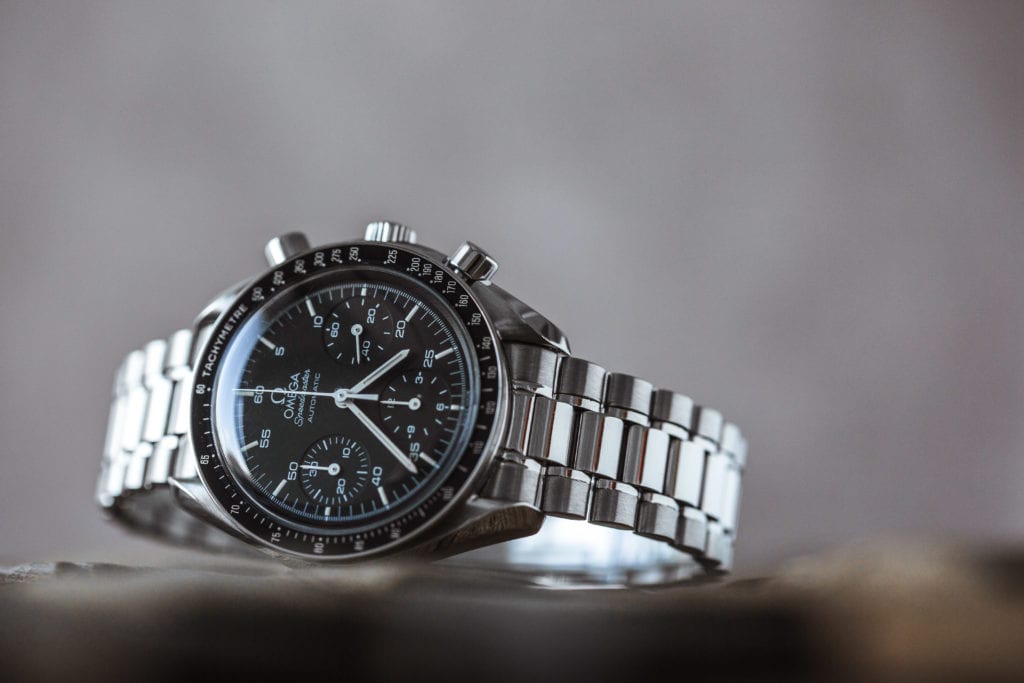
Speedy or Bombe lugs are one of the most common styles of lugs, made popular by none other than the OMEGA Speedmaster. OMEGA first began incorporating this type of lug into the early Speedmasters of the 1960s. A little later, they added it to some variations of the Seamaster of the same era. However, prior to OMEGA, Universal Geneve had integrated the style into their watches in the 1950s. Speedy or Bombe lugs are notable for being a straight design that curves inward. Today, we see many manufacturers using this type of lug in their watches.
Straight Lugs
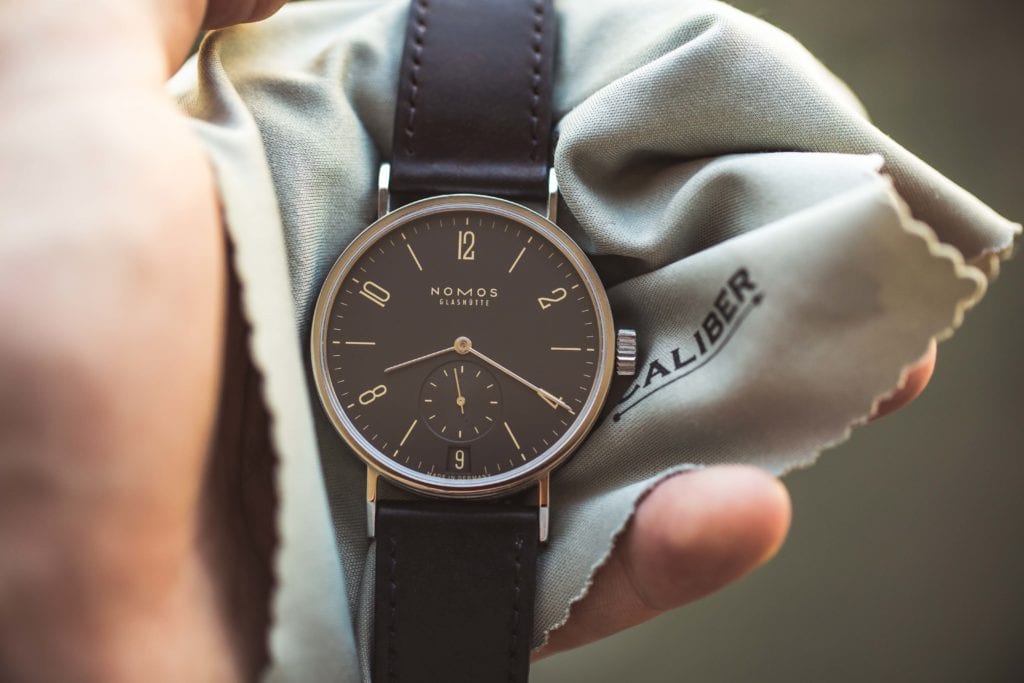
As the name suggests, straight lugs are straightforward. This modern style of lug is just what you’d expect – a straight and more geometric design. They can be fatter or thinner, depending on the overall build of the watch. NOMOS is one of the most notable brands who has made straight lugs a part of their signature style. You can find this type of lug used in models like the classic Tangente, the Ludwig, and the Ahoi.
Explorer Lugs
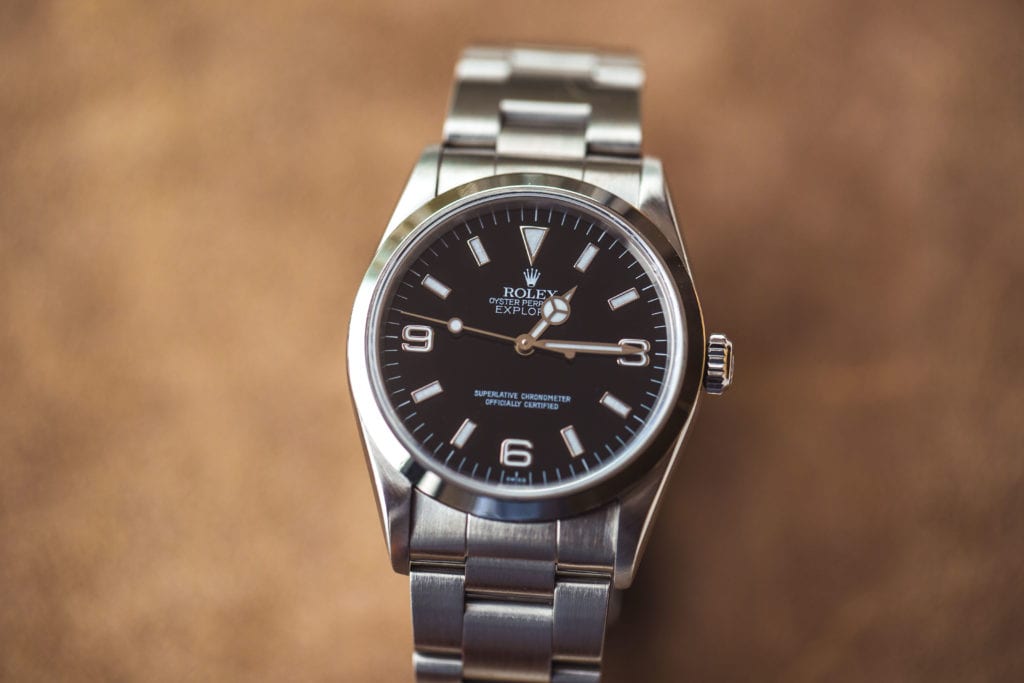
Like Speedy lugs, Explorer lugs get their name from the design of the iconic Rolex Explorer. In fact, one might say Explorer lugs are sort of a subset of the more common Speedy lugs. While the Speedy lugs are straight, they have a distinctively supple, curved, and rounded edge. On the other hand, Explorer lugs are more straight, squared, and geometric. What sets them apart from a clear-cut straight lug is that they taper. They’re wider at the case and slimmer at the bracelet, whereas straight lugs are a uniform width.
Shrouded or Hooded Lugs
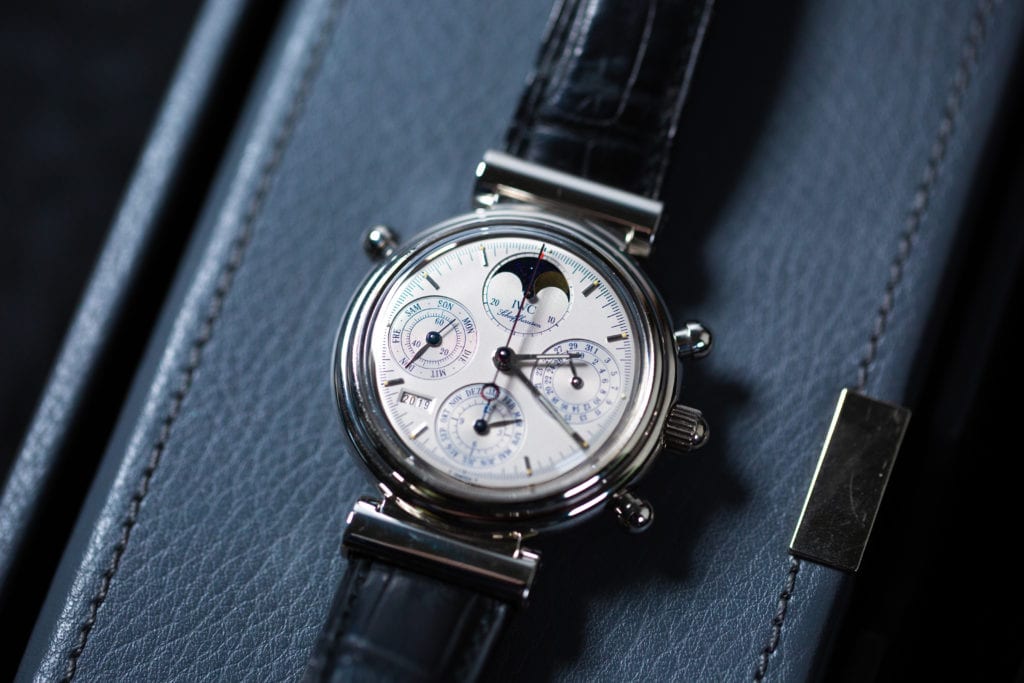
Shrouded or hooded lugs are a slightly more uncommon style, at least in modern watches. A typical lug design features two lugs adjacent to each other. Instead, this unique lug design features a single horizontal bar fastening the case to the bracelet. Certain manufacturers, like Seiko, still incorporate this type of lug into many of their designs today. On occasion, you’ll see other brands continue to use this style. One example is certain variations of the IWC Da Vinci. However, you’re more likely to find shrouded or hooded lugs in vintage models from a number of brands, like OMEGA and Patek Philippe.
Teardrop Lugs – vintage models from Ulysse Nardin, Patek, etc.
The last style of lugs we’ll be covering in our round up is teardrop lugs. As the name indicates, this type of lug has an unmistakable teardrop shape. This is one of the most common lug designs used in models past. You can find teardrop lugs in all types of vintage watches from brands like IWC, Rolex, Ulysse Nardin, Patek Philippe, Vacheron Constantin, Jaeger-LeCoultre, and more.
Cushion Lugs
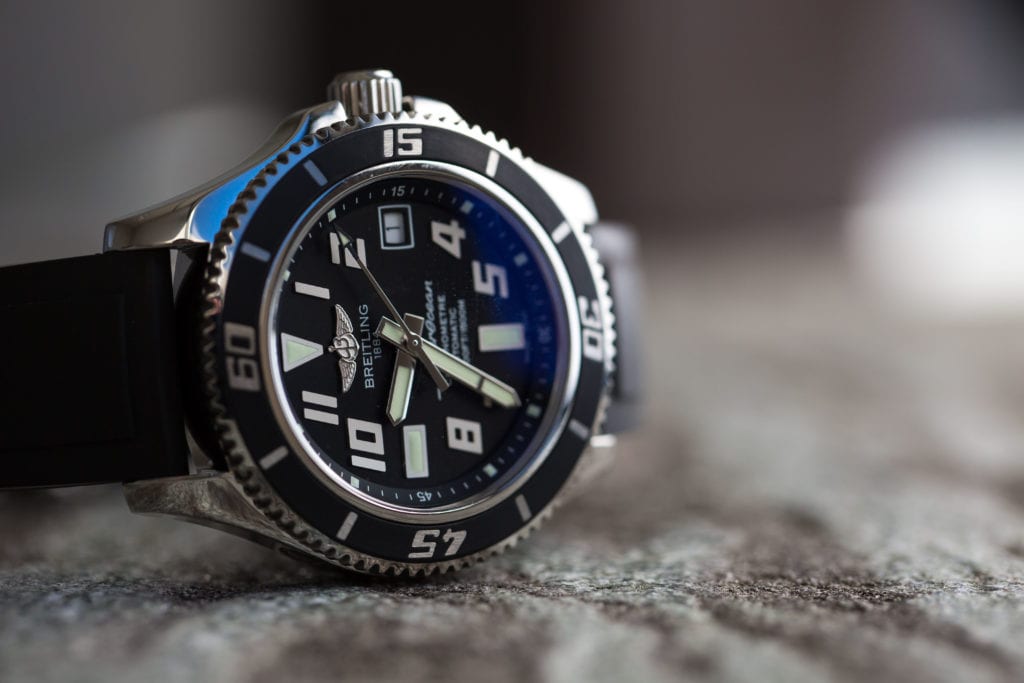
So far, we’ve covered some of the most common types of lugs you’ll find in contemporary watches manufactured today. The remaining styles you’ll more readily find in vintage models. The first is cushion lugs. Cushion lugs were a popular style for vintage dive watches. As you might guess, cushion lugs go hand in hand with the cushion shaped case.
Crab Claw Lugs
Another popular type of lug found in vintage models are crab claw lugs. This bolder and more robust design features lugs that are reminiscent of the shape of crab claws. They’re curved yet angular. Instead of laying flush between the case and band, they create space between the two. This type of lug was popular among manufacturers in the 1950s from brand like Longines to Vacheron Constantin.
Get More Articles Like This in Your Inbox
We're constantly creating great content like this. So, why not get it delivered directly to your inbox? By subscribing you agree to our Privacy Policy but you can unsubscribe at any time.





